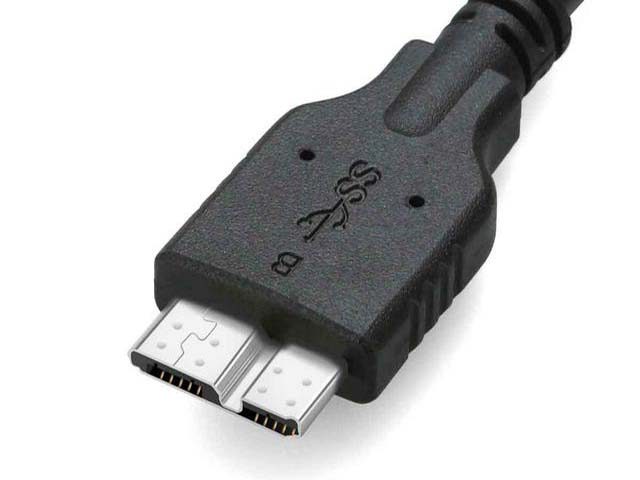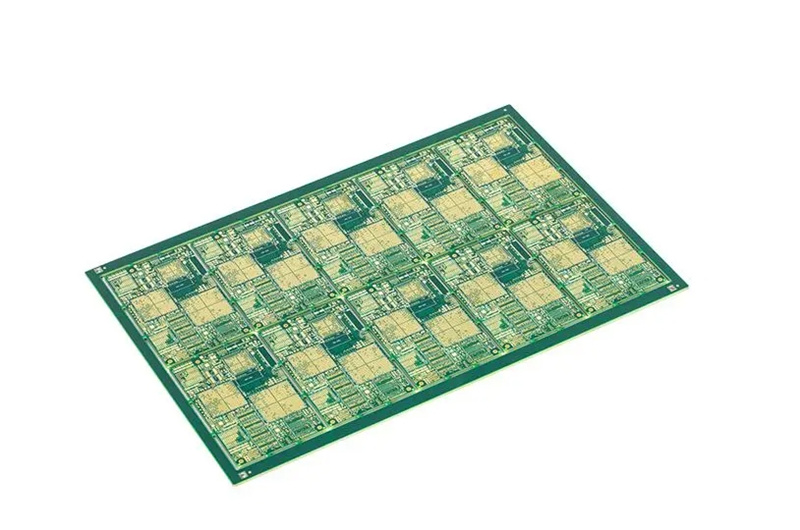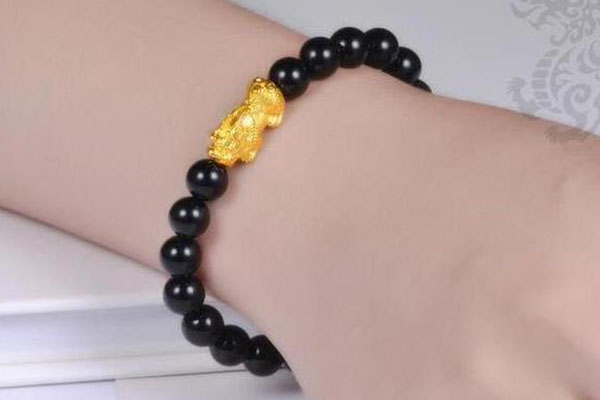If you’re working with electrical connections, you might come across the term “sealed connectors.” But what are they exactly, and when should you use them? In this article, we’ll go over the basics of sealed connectors and explore the situations where they’re most useful.
What are Sealed Connectors?
Sealed connectors, as their name suggests, are electrical connectors that have been designed to protect against environmental factors such as moisture, dust, dirt, and vibration. They’re usually made with materials that are resistant to these factors, such as silicone, thermoplastic elastomers, and neoprene.
Sealed connectors can come in many different types, including connectors with environmental sealing, connectors with hermetic sealing, and connectors with IP (Ingress Protection) ratings. The type of sealed connector you need will depend on your specific application and the level of protection required.
Why Use Sealed Connectors?
There are several benefits to using sealed connectors. First and foremost, they provide protection against environmental factors. This can help to prevent electrical failure and increase the lifespan of your connections. Sealed connectors can also provide enhanced safety by reducing the risk of shock or short circuits.
Sealed connectors are especially useful in outdoor applications or harsh environments where exposure to moisture, dust, dirt, and vibration is likely. They’re also commonly used in automotive and marine applications, as well as in medical and military equipment.
When to Use Sealed Connectors?
So when should you use sealed connectors? The short answer is whenever your electrical connections are likely to be exposed to environmental factors that could damage them. Here are some specific situations where sealed connectors are most useful:
Outdoor Applications
If you’re working with electrical connections that will be exposed to the elements, such as in solar panel systems or outdoor lighting, sealed connectors are a must. Moisture, dust, and temperature changes can all wreak havoc on electrical connections, so it’s important to use sealed connectors to protect against these factors.
Harsh Environments
Sealed connectors are also useful in harsh environments, such as in mining or oil and gas operations. These environments can be dusty, dirty, and full of vibrations, all of which can damage electrical connections. Sealed connectors can provide protection against these factors and help to prevent costly downtime.
Automotive and Marine Applications
If you’re working on a car or boat, you’ll likely encounter electrical connections that are exposed to moisture and vibration. Sealed connectors can provide protection against these factors and help to ensure reliable performance.
Medical and Military Applications
In medical and military equipment, reliable electrical connections are critical. Sealed connectors can help to prevent failures caused by exposure to moisture, dust, and other environmental factors. This can help to ensure the safety and effectiveness of these critical systems.
Any Application with Exposure to Moisture, Dust, Dirt, and Vibration
Ultimately, any application where your electrical connections are likely to be exposed to moisture, dust, dirt, and vibration can benefit from sealed connectors. These connectors can provide an extra layer of protection that can help to prevent costly failures and downtime.
Types of Sealed Connectors and Their Uses
There are several types of sealed connectors available, each with its own set of advantages and disadvantages. Here are a few common types of sealed connectors and their uses:
Connectors with IP (Ingress Protection) Rating
Connectors with an IP rating have been tested to ensure that they provide a specific level of protection against moisture and dust. The IP rating is typically represented by two numbers, with the first number indicating the level of protection against dust and the second number indicating the level of protection against moisture.
Connectors with Environmental Sealing
Connectors with environmental sealing are designed to provide protection against moisture, dust, and other environmental factors. They typically have a gasket or sealant that provides an additional layer of protection against these elements. These connectors are often used in outdoor or harsh environments where exposure to moisture and dust is likely.
Connectors with Hermetic Sealing
Connectors with hermetic sealing are designed to provide a completely airtight seal. This type of connector is often used in high-pressure or high-vacuum applications where even a small amount of air leakage could be problematic.
How to Choose the Right Sealed Connector
When selecting a sealed connector, there are several factors to consider. These include the specific application, the level of protection required, and the type of connector that will be used. Here are a few tips to help you choose the right sealed connector for your needs:
Consider the Application
The first thing to consider when selecting a sealed connector is the specific application. What type of environmental factors will the connector be exposed to? Will it be used indoors or outdoors? Will it be subject to vibration or shock? Answering these questions can help you narrow down the type of connector you need.
Choose the Right IP Rating
If you’re using a connector with an IP rating, make sure to choose the right rating for your needs. For example, if you’re working in a dusty environment, you’ll want a connector with a high first number (indicating a high level of protection against dust). Similarly, if you’re working in a wet environment, you’ll want a connector with a high second number (indicating a high level of protection against moisture).
Consider the Materials Used
The materials used to make the sealed connector can also be important. Make sure to choose a connector that is made with materials that are compatible with your specific application. For example, if you’re working in a high-temperature environment, you’ll want a connector that is made with materials that can withstand those temperatures.
Avoid Common Mistakes
Finally, make sure to avoid common mistakes when selecting a sealed connector. For example, don’t assume that a connector with a higher IP rating is always better. It’s also important to make sure that the connector is compatible with your other components, and that you’re using the right tooling to install and maintain the connector.
Installation and Maintenance of Sealed Connectors
Proper installation and maintenance are key to ensuring the longevity and reliability of sealed connectors. Here are a few tips to help you install and maintain sealed connectors:
Follow Proper Installation Procedures
Make sure to follow the manufacturer’s recommended installation procedures when installing sealed connectors. This may include using specific tooling, applying sealant or gasket material, and torqueing the connector to the correct specifications.
Inspect Sealed Connectors Regularly
It’s important to inspect sealed connectors regularly to ensure that they’re still providing the required level of protection. Look for signs of damage or wear, such as cracks or frayed wires. If you notice any issues, replace the connector immediately.
Clean and Maintain Sealed Connectors
Regular cleaning and maintenance can also help to ensure the longevity of sealed connectors. Use a clean, dry cloth to wipe down the connector and remove any dirt or debris. If necessary, use a mild cleaner to remove any stubborn stains.
Conclusion
Sealed connectors are an important component of many electrical systems. They provide protection against environmental factors that can damage electrical connections, and help to ensure reliable performance. When selecting a sealed connector, make sure to consider the specific application, the level of protection required, and the type of connector that will be used. And always follow proper installation and maintenance procedures to ensure the longevity and reliability of your sealed connectors.




